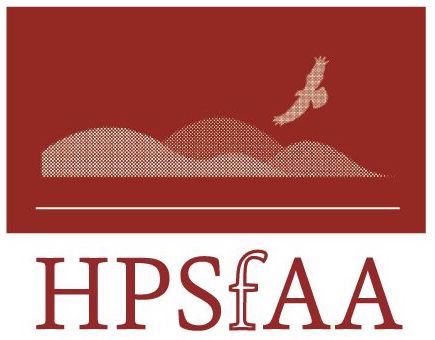  
 
The High Plains Society for Applied Anthropology |
|
This article discusses social changes in the archaeological and ecological Sanctuary of Machu Picchu located in southern Peruvian Andes. It examines the status of the people who live within its boundaries. The goal of this paper is not to criticize conservation efforts perse but to call attention to the contradictions people face when those efforts are integrated with privatization policies, sometimes referred to in Peru as neoliberalism.
What happens when conservation and the need to attract global investments come together? I explore Erving Goffman's work (1961) on life in asylums, particularly secondary adjustments and the institutional loops they create, as helpful in understanding the lived contradictions of people who live in protected ares.
Vol.26_No.1_2006_Luciano_26-36.pdf